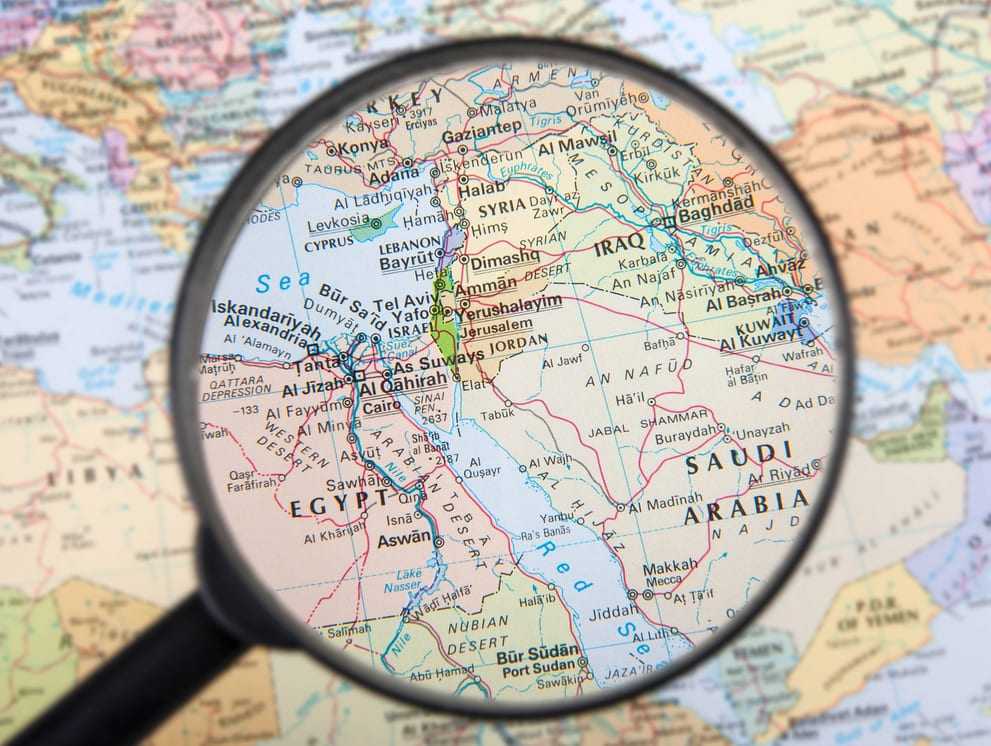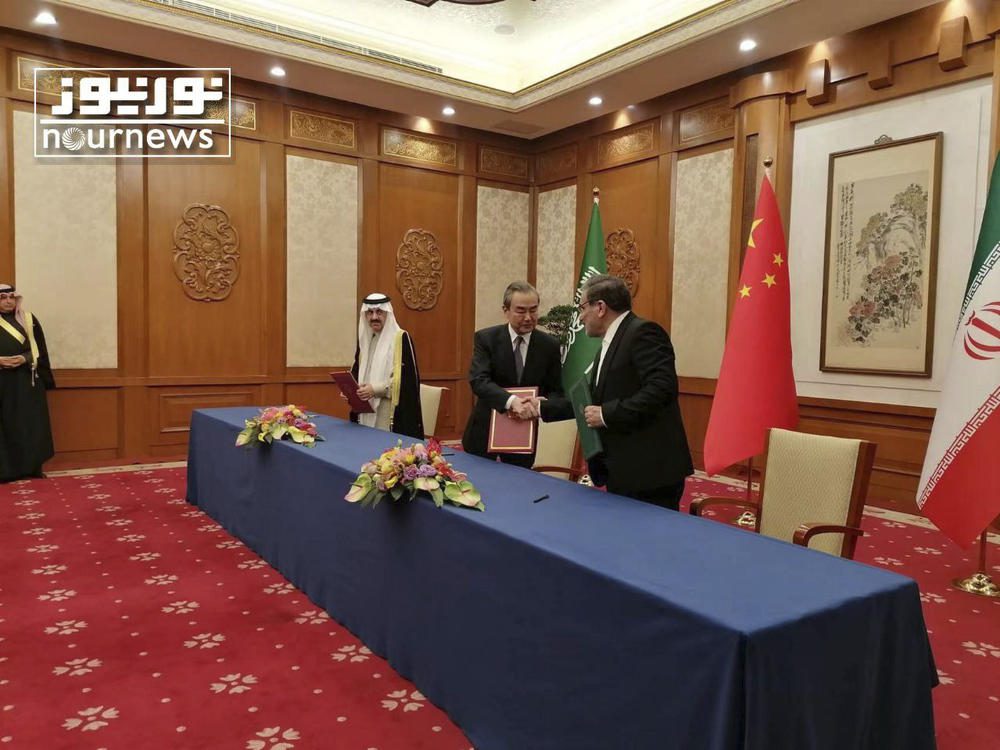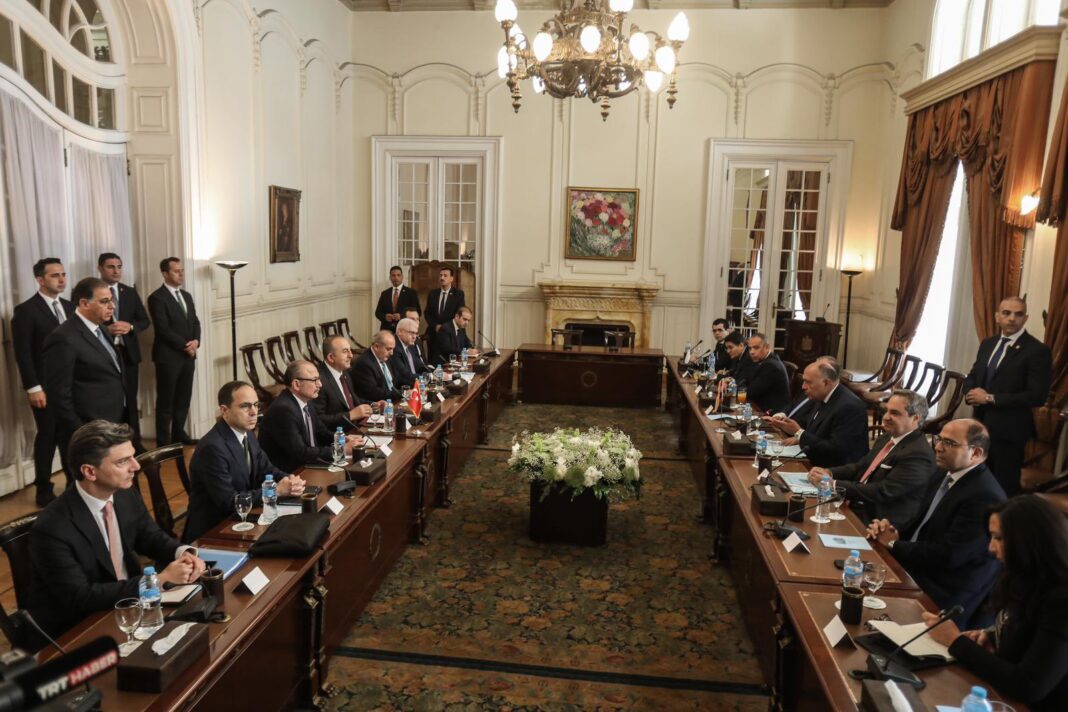By Taha Kılınç, Yeni Safak,
In the 13 January 1983 issue of The Washington Post, Michael Weisskopf wrote a news analysis on the foreign aid being delivered to the parties involved in the Iran-Iraq War. The focus was particularly on China’s role in the war. Despite China’s claim of neutrality at the beginning of the war, it was revealed that China was supporting both Iraq and Iran behind the scenes. Chinese weapons were being transported to Iraq through Jordan’s Aqaba Port, while weapons to Iran were being transported via North Korea. In addition to supplying weapons, China allowed North Korean planes loaded with weapons to refuel at Chinese airports. The weapons sent by China were more suitable for the Soviet infrastructure, giving Iraq an advantage. However, Iran was closing the gap against its rival with the technical support it received from China. It was also estimated that 20,000 Chinese workers were repairing and rebuilding damaged oil pipelines in Iraq. Weisskopf’s concrete data came from diplomats in the field and other sources.
Weisskopf also noted that while simultaneously supporting China, Iran, and Iraq, China was acting within the framework of its long-term plans in the Middle East, as seen in its strategy employed in Afghanistan. China was providing arms and ammunition support to the Mujahideen fighting against the Soviet occupation, similar to the US, thus trying to find a place for itself in the future of Inner Asia.
Recently, Saudi Arabia and Iran sat at the negotiating table “under the mediation of China”, clearing diplomatic problems between them and signing a peace agreement. China’s presence as a mediator was surprising, as Western countries are usually the ones to take on this role. However, China’s involvement in the Middle East can be traced back to its actions in 1983, as it has been navigating the complex labyrinths of the region for quite some time. China’s deep engagements with every country in the Middle East accelerate the infrastructure of its own Belt-Road Project while bringing the regional governments closer to itself. The Saudis have been shifting to the “Beijing camp” at an increasing rate in recent years, showing China’s growing influence in the region.
It is too early to say whether China can achieve complete harmony with the Islamic geography. China’s biggest shortcoming in the Middle East is not belonging to any of the “Abrahamic” religions, making it difficult to have a permanent presence in the region. Nevertheless, the agreement between Saudi Arabia and Iran is significant, particularly when considered alongside the social transformation that Saudi Arabia has been undergoing in recent years.





